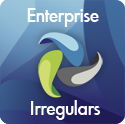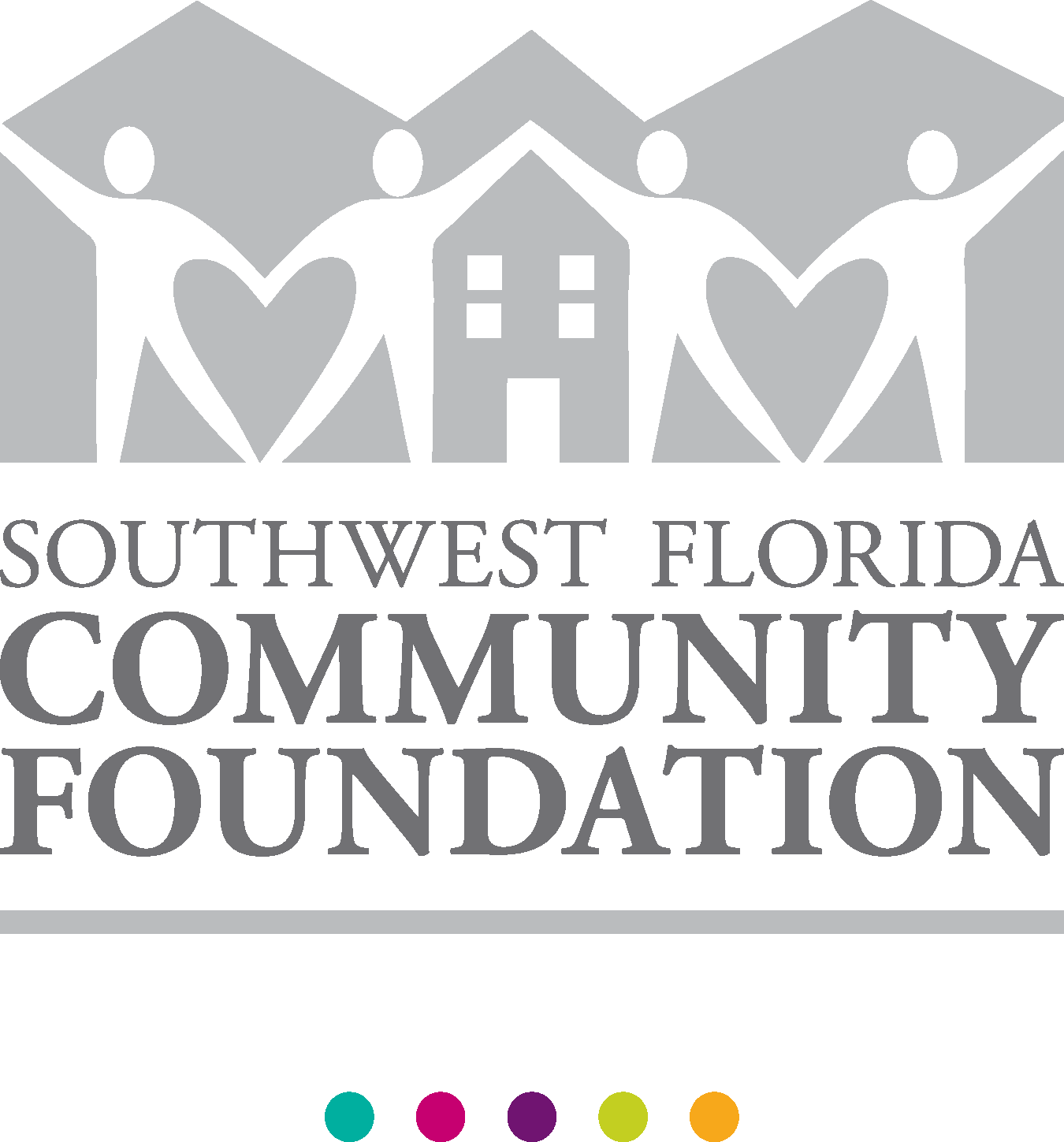With 2011 practically upon us — here at Bloom & Wallace, we’ve got 2011 laid out and a lot of our major time blocks for 2012 in process — it’s time to declare the do we or don’t we need multi-tenancy discussion over for HRM SaaS, with multi-tenancy the clear winner for both vendors and their customers. What was a true differentiator over the last few years, i.e. architectural multi-tenancy, is now merely table stakes in what has become a real poker game among across a landscape that has far too many HRM software vendors.
So how can these HRM software vendors differentiate themselves? Who will be the winners, the ones not just left standing but the momentum players in 2011 and beyond? No one, least of all me, has a crystal ball, but I think there are some very specific architectural capabilities that are strong clues to an HRM SaaS vendor’s prospects. These are the architectural capabilities (but by no means all of them) that have a huge impact in terms of the quality, usefulness, economics, time-to-market as well as marketing/sales/service costs for their software.
Needless perhaps to say, but all too common in practice, great software architecture does not win the day if management stumbles in many other important areas, from product management and marketing to sales, operations and customer support. And we do know that great management of all the other business processes can produce terrific financial results when customers are locked in and paying heavily for that lock-in. But I’m at heart a believer that HRM, where lies competitive advantage for any firm, deserves great software — others can offer advise on great marketing, great sales operations, etc.
So what are those clues? What are the architectural differentiators among HRM SaaS for the next few years? Great HRM SaaS architectures should already be focused beyond mere multi-tenancy and on:
- Elegant and extensive configuration capabilities, to include pre-release sandboxes, regression testing tools, plenty of configuration and feature guidance delivered through the software, and a heavy dose of user (i.e. manager, employee, non-employee worker, applicant, beneficiary, etc.) insight about the many places where not only the customer’s administrators but also those customers will want to/need to adapt the software to how they choose to work;
- Interrogatory provisioning and configuration,which takes prospects from their earliest interactions with the vendor right through their repeated implementation cycles as their selected vendor releases 2-3 or more significant releases each year along with the more frequent releases of regulatory and similar updates, has the potential for changing fundamentally the cost of sales, the elapsed time to revenue, and the underlying dynamics of the whole ecosystem of systems consultants for those HRM SaaS vendors whose underlying architectures lend themselves to dynamic configuration and whose business model sees the promise and is willing to invest in these capabilities;
- Extensive and easily set up cross-tenant and cross-geography inheritance of every type of embedded intelligence, from the obvious regulatory rules to those proprietary materials like competency models and dictionaries, salary surveys and compensation planning guidance, which result from the partnering of HRM consultancies which have built those proprietary materials with HRM SaaS vendors who can deliver that material as embedded intelligence throughout the relevant processes of their products;
- Models-based/definitional applications development, while very difficult to achieve because it requires considerable upfront investment in the necessary foundation tools (which cannot simply be bought to support the complexity of our domain’s requirements), offers such an enormous potential for improvement in the cost/time/quality metrics of bringing new functionality to market that this now bleeding edge approach to HRM SaaS may create just the edge needed for newer arrivals to blow past their more established competitors;
- Extensive and easily set up cross-tenant data aggregation for all manner of useful purposes, including operational improvements by the SaaS vendor and delivering valuable benchmarking data to their customers, with the concommitant updating of those SLAs to state very clearly any such expansions of the SaaS vendor’s role along with very visible opt-in/opt-out by type of aggregation;
- Systemic effective-dating (of not only the business data but also the meta-data that drives the applications, the customer’s and regulated business rules, embedded intelligence, applications and application foundations) along with fully automated retroactive and prospective processing is one of those really boring, only the geeks love discussing it, but essential foundations for HRM SaaS because there simply isn’t the patience or staff available to continue the manual work-arounds that plague the partial/inadequate automation of HRM.
I could go on, but I’m hoping that I’ve already made the point that there’s more to great HRM SaaS than meets the eye. You can tell by the links that I’ve been doing quite a bit of writing about these topics, and I plan to do more in 2011. What were once just Naomi’s interesting ideas are now at the heart of a number of newer or still incubating HRM SaaS products whose vendors have taken their own thinking in these areas way past “my little ideas” (a favorite phrase from Agatha Christie’s Hercule Poirot). I applaud their accomplishments and what’s still to come as our industry moves past the discussion of multi-tenancy (just as we moved past the discussion of client server) to much more important and durable differentiators.
It’s much easier to explore a product’s UX (user experience), functionality, commitment to mobile, social underpinnings, integration of functionality and data across multiple applications, actionable analytics and other more visible aspect of applications software than it is to probe deeply under the covers to see whether or not the best architectural foundations have been built, and built to last. But even if you’re only signing up for a few years of a particular vendor’s HRM SaaS products, you may want to do a very good job of assessing their likelihood of becoming/remaining a successful vendor before you sign up so that you’re looking forward to that SLA renewal when it comes. After all, it remains entirely possible to build great-looking but short-sighted, poorly architected, crummy object modeled but still multi-tenant SaaS software. So look as hard under the covers as you do at what’s more easily visible.







[…] MultiTennancy: Table Stakes for HRM SaaS in 2011 Naomi Bloom operates at a level of technical insight that is qualitatively different from much of the material in this HRCarnival. If you are at all involved in the procurement or operation of HR Software and Technology. You need to know what she thinks. Not always right, but always thought provoking. […]
[…] time I used the term KSAOC and the first project I did to model the HRM domain. The foundations for SaaS InFullBloom were laid in the earliest days of my solo consulting practice. More recently, I’ve embraced […]
[…] center resource management, but it doesn’t give you the most important benefits of true SaaS, of SaaS InFullBloom. What it does do is to impact TCO in ways that will help Oracle’s profit margins. Anyone want […]
[…] center resource management, but it doesn’t give you the most important benefits of true SaaS, of SaaS InFullBloom. What it does do is to impact TCO in ways that will help Oracle’s profit margins. Anyone want […]
[…] the changes I’ve described here has brought plenty of both. From the perspective of challenges, true SaaS forces every aspect of a software vendor’s or outsourcing provider’s business to be rethought […]
[…] be quite long contract lengths and up-front prepayment in order to secure advantageous pricing, great HRM SaaS vendors are able to create enough stickiness in the desire for the products and enough elegance in […]
[…] long since put to rest the whole multi-tenancy debate around SaaS. If it isn’t multi-tenant, then it isn’t SaaS. You can host/subscribe […]
[…] is a far cry from SaaS InFullBloom, but it could give Spectrum customers a path forward. Or at least it could have done until it was […]
[…] MultiTennancy: Table Stakes for HRM SaaS in 2011 Naomi Bloom operates at a level of technical insight that is qualitatively different from much of the material in this HRCarnival. If you are at all involved in the procurement or operation of HR Software and Technology. You need to know what she thinks. Not always right, but always thought provoking. […]
You’re not the only one with this perspective, see Treb Ryan on Multi-tenancy:
Great post Naomi. Multi-tenancy has it’s advantages, brut can be directly proportional to a one-size-fits-all model. SaaS is evolving and intimately the customer and practioner will buy based on interface, configurability, platform resilience, amongst possible many other things. Not to say that multi-tenancy is not important, but certainly limiting if it leads to a one-size-fits-all model.
I agree completely that a one-size-fits-all model is rarely the right answer. That’s why it’s so important that great configuration capabilities, to include extensibility, accompany any vendor’s multi-tenant architecture — and that’s one of the places (but not the only one) where great multi-tenant SaaS architectures distinguish themselves from those that aren’t. On this topic, you may find an earlier post on interrogatory configuration of interest http://infullbloom.us/?p=589
[…] seen me refer to (Dennis might say pimping) my latest post on Twitter, “Multi-tenancy: Tables Stakes For HRM In 2011,” and no doubt after reading every […]
[…] This post was mentioned on Twitter by Naomi Bloom, Outsource Magazine. Outsource Magazine said: RT @InFullBloomUS: When a vendor says they are "SaaS," ask if they're "SaaS InFullBloom" http://bit.ly/dgztaz […]
Naomi,
Great post as usual! I would like to add some additional areas of discussion:
1. Security is key as in a multitenancy environment. Being able to provide user access/restrictions to realms so that no data can/can not be shared is critical. So being able to deliver the right auditing and security features is a must. And your application models should allow any type of security configuration.
2. Global organizations need to manage themselves as tightly centralized/decentralized or highly standardized/loosely coupled or … So, a multitenant solution should enable those features, no matter if there is a single tenant for an org or several ones (based on different subsidiaries, different geographies, …)
Great points. My post is just a starting point for the many ways in which HRM software vendors can distinguish themselves within the true SaaS community. Getting the HRM object model right is a tall order in and of itself, to include the issues of security/audit, globalness, and range of organizational designs.
[…] This post was mentioned on Twitter by Naomi Bloom and Naomi Bloom, Bill Kutik. Bill Kutik said: RT @InFullBloomUS: Naomi's new blog post: Multi-tenancy: Table Stakes For HRM SaaS In 2011 http://bit.ly/buunU7 […]